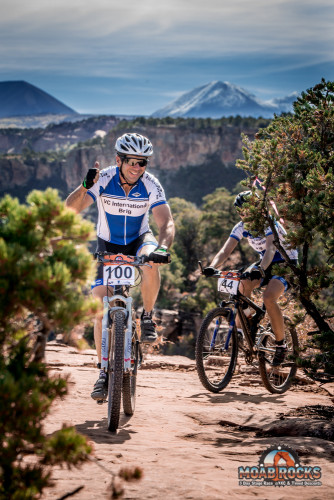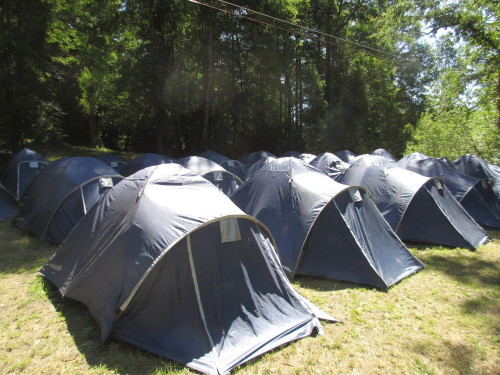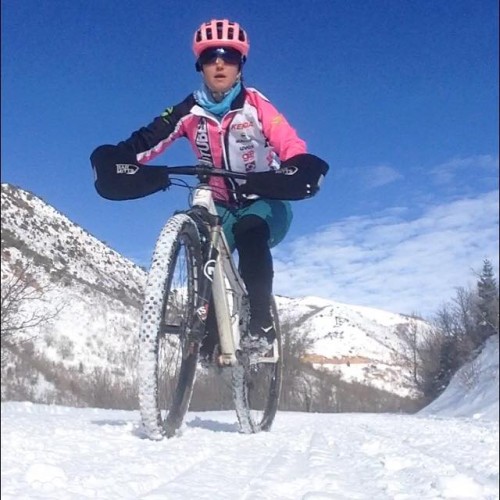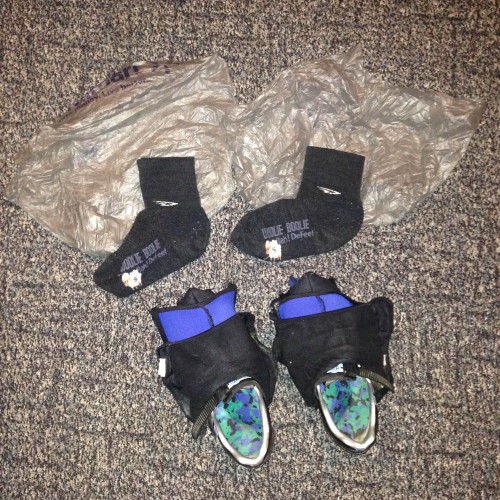Question: I am going to do my first 5-day stage race this year. Aside from actual bike training, what other preparations should I be focusing on to make it through the 5 days of racing?
Answer: That is super exciting, welcome to a whole new world of bike racing adventure! As your question indicates, I will assume your training is on track and dialed and you will enter the race, fit, tapered and peaked.
I have heard stage racing described as a race to recover each day between stages. Much of your planning around the race should be to give yourself the best possible recovery opportunity each day. That means preparing everything you can to avoid a scramble on any given day. Stage races really vary in their set up and what that means for your ability to recover. For example, if you are staying in the same place each night and you have a house-type set up with a full kitchen and the same bed to sleep in, your recovery outlook will be more optimistic than if you are camping and/or moving every day. Your question does not indicate which of these will be the case. But keep that in mind. Aside from training, your main goal leading up to the race is doing as much research as you can to avoid any surprises.
Some race websites have a thorough list or packing guide, which will take into account course-specific details, weather conditions and event-specific information that even the most experienced stage racer may not know. Some races also require you to carry certain safety items. A whistle, bear spray and safety blanket are all examples of items I have been required to carry at various races.
In stage racing or any event where the hours will stack up to double digits; it’s not a question of if things will go wrong but what things will go wrong. Now that the training is done and you are approaching race time, you will want to focus on how you can most effectively prepare for the inevitable. You should plan to carry more with you during stages than you would in a typical XC race. Depending on what you usually carry for tools, you probably want a bigger multi-tool; definitely something with a chain tool built in. I would recommend carrying a derailleur hanger and an extra CO2 or pump. You might also consider carrying more as you get deeper into the race and positions solidify, i.e. you have more to lose. Or, to the contrary, carry less if you are in a close fight, want to go super light and lay all your cards on the table. Your tactical approach to results/position is your own decision of course!
It would be a great idea to reach out to a local rider where the race takes place and get some intel regarding what the terrain is like, especially for the specific time of year that you will be racing. Ask about each stage as well. Some stages may be mild terrain where you will be better served with bottles; while some stages may be more technical and a hydration pack would allow you keep your hands on the bars. These are helpful things to know before race day so you can pack everything you need. You can also pick their brain for tire and other equipment recommendations. Take the time to test out new equipment. Get your bike serviced with a couple of weeks to go so you can ride it and let any cables, brake pads, etc., wear in.
Dial in your nutrition options. Will you be relying on aid station faire? Check the race website to see what they will be serving at aid stations and make sure you try some of those nutrition and hydration products in training to be sure that your gut handles them and they fuel you well. If you will have support at the race, make sure they know how to access aid stations and carry out feeds. Check the rules for specific support protocol. Some races allow equipment swaps and/or outside support but some do not.

Stage racing should be a great time and proper preparation will ensure you have the best experience possible. Moab Rocks Stage Race Photo by: Raven Eye Photo
If you have multiple bikes to choose from, you will want to decide which one you will use for the race and spend most of your remaining time on that bike. If you are traveling to a foreign country with limited shops and unique parts available, I would recommend using a hardtail, regardless of the terrain. Dualies are great for taking the edge off and keeping you comfortable for long days but there is more to break and proprietary suspension parts are notoriously difficult to track down in a pinch.
That’s the quick and dirty on preparation. The truth is, with all endurance racing there are so many details to manage, this list could go on indefinitely. Managing all those details and executing the race well are half the fun of stage racing. Keep your head on straight and roll with the punches, there are sure to be many!
Sarah Kaufmann is a USAC Level II coach under the PLAN7 Endurance Coaching brand. She is a member of the Stan’s NoTubes Women’s Elite Mountain Bike Team and has been racing mountain bikes at the professional level since 2008. Sarah is based in Salt Lake City, Utah.






